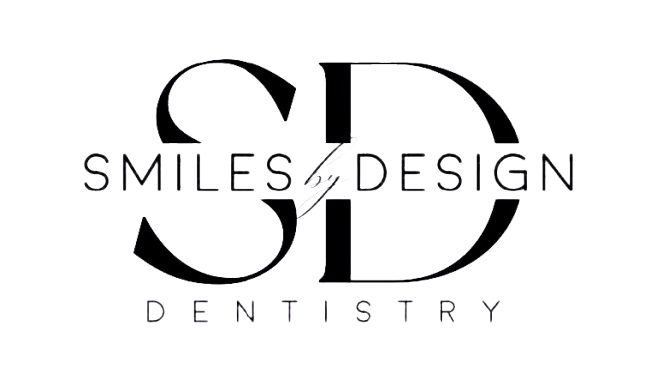
Teeth Whitening

Professional in-office teeth whitening is the most popular cosmetic dental procedure in the world today. Unlike home-use whitening systems that incorporate low-dose bleaching agents, in-office whitening (also known as power bleaching, power whitening, professional whitening or chairside whitening) takes place under carefully monitored conditions which allow for the safe, controlled, pain-free use of a relatively high concentration of bleaching gel – yielding results that are visible immediately.
Advantages of In-Office Whitening
- No other teeth whitening procedure produces faster results.
- This is the safest form of tooth bleaching.
- Gum and tooth sensitivity (formerly drawbacks to in-office bleaching) are more controllable today due to thicker peroxide gels (that don’t soak into the teeth as much as previous gels) and the use of desensitizers such as potassium nitrate and fluoride.
- Stains That are Best Removed with In-Office Whitening
Chairside whitening removes organic stains or discolorations primarily caused by:
- Aging. Over time, the teeth darken with a yellow, brown, green or grey cast (which may be due to heredity and/or eating habits). Yellowed teeth tend to whiten most readily.
- Consumption of certain foods (notably coffee, red wine, sodas and dark-colored vegetables and fruits).
- Tobacco use.
Prepping the Teeth
It is highly recommended that a prophylactic cleaning is done, prior to the whitening procedure, to clear away plaque and debris that have collected on the surface and between the teeth.
A dental exam will be performed (often in tandem with the prophylactic cleaning) to check for potential problems such as severe tooth decay, cracks and gum disease. Bleaches can cause varying degrees of irritation if these conditions are present. It may be recommended that the whitening procedure be delayed until such problems have been corrected.
Photos may be taken of your teeth, and their color measured on a shade guide. This provides a benchmark for assessing your whitening progress.
The In-Office Teeth Whitening Procedure
While details may vary, a fairly standard routine is followed. Typically, the steps involved are not painful or uncomfortable.
- A cheek retractor is inserted into the mouth, exposing all the “esthetic zone” teeth (teeth that are visible when you smile).
- A liquid rubber dam or hardening resin is painted onto the gum tissue to protect against any irritation caused by the bleaching gel.
- A bleaching gel containing hydrogen peroxide is applied to the esthetic zone teeth and kept on for approximately 15 to 30 minutes.
- The bleaching gel is suctioned or washed off, and a fresh gel is applied for one or more additional periods of 15 to 30 minutes.
- Some whitening treatments incorporate an intense light that is focused on the teeth and is said to activate or enhance the bleaching process.
- Opinions vary as to whether this light improves the bleaching outcome.
Between gel applications, the teeth are checked to see how well they have whitened, and whether more bleach needs to be applied.
After the final gel application, the cheek retractors are removed, the patient rinses and the immediate post-treatment shade change is measured. The teeth may whiten by as many as eight shades (out of a total of 16).
If a satisfactory level of whitening hasn’t been achieved, we may recommend follow-up in-office bleaching at a future date, and/or a regimen of take-home bleaching trays.
Total chair time: Approximately 1.5 hrs.



